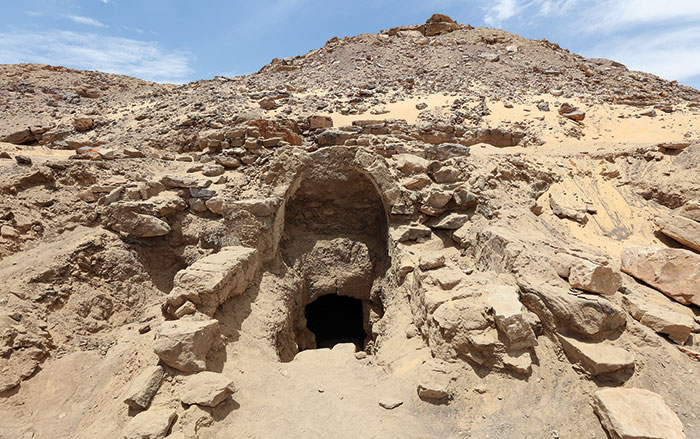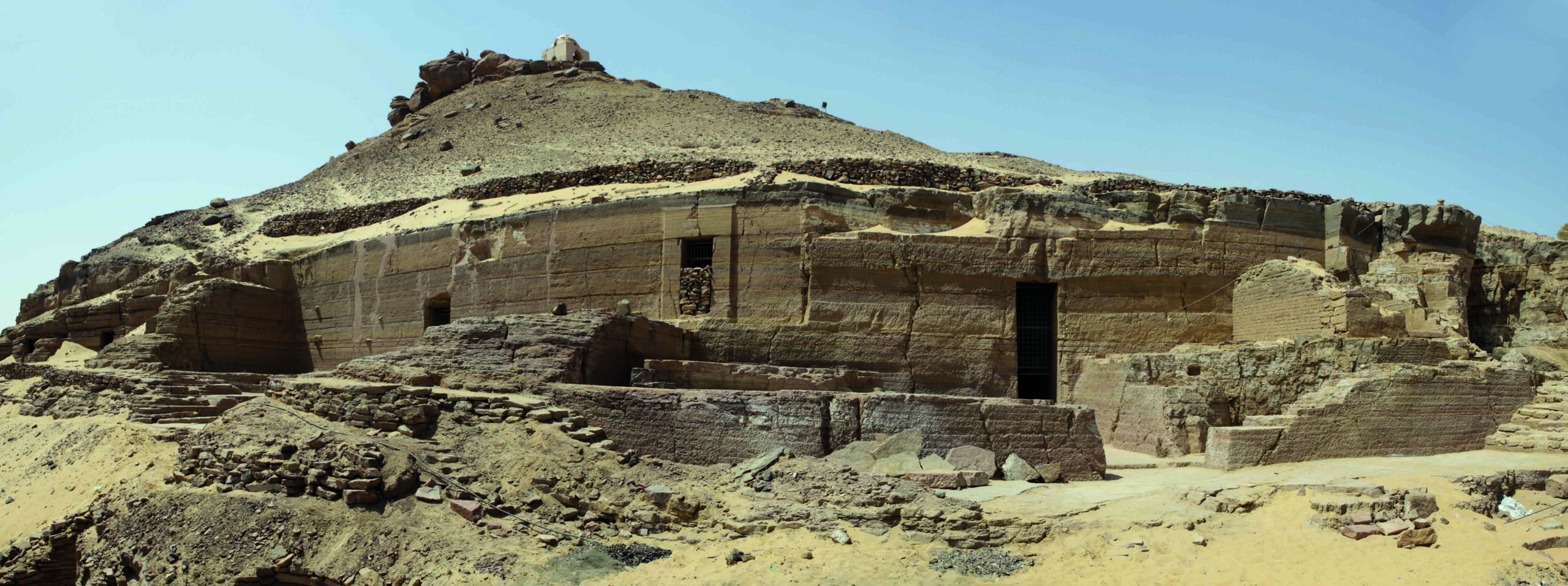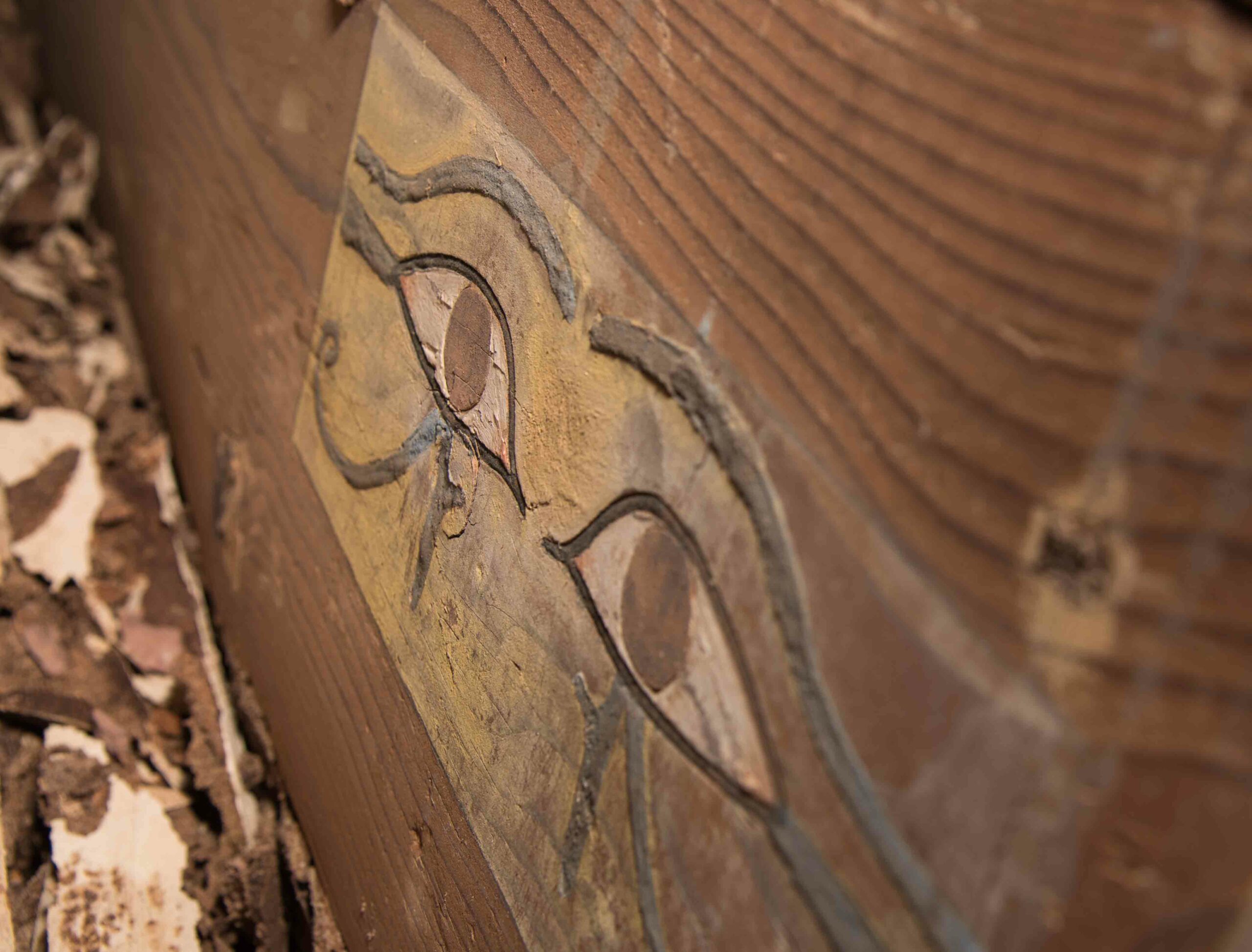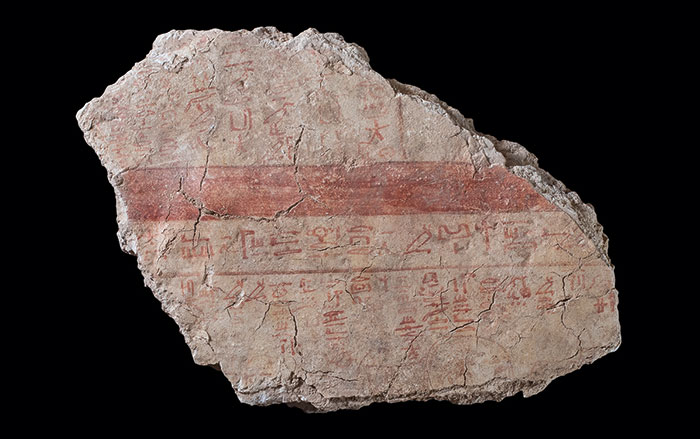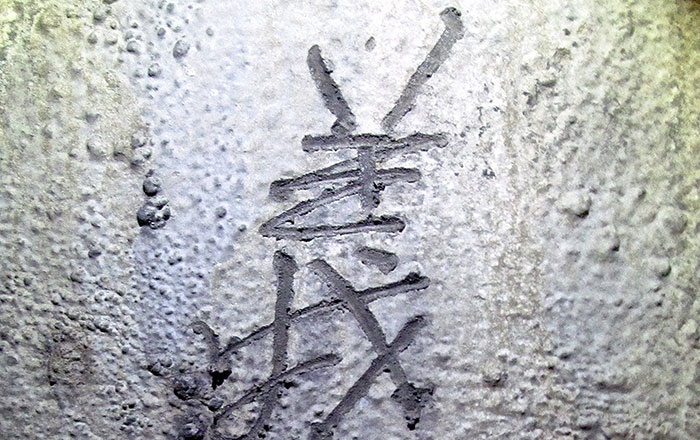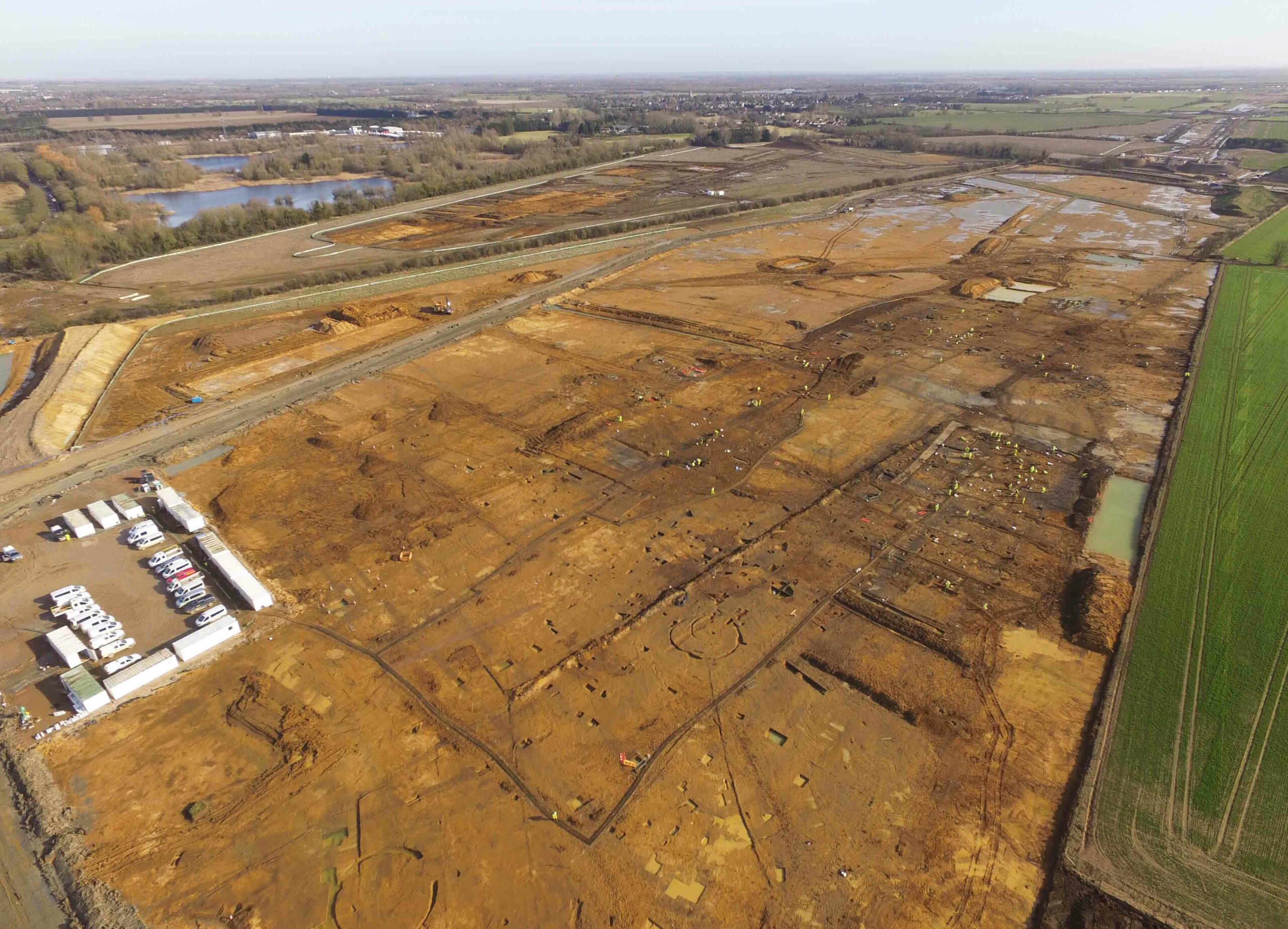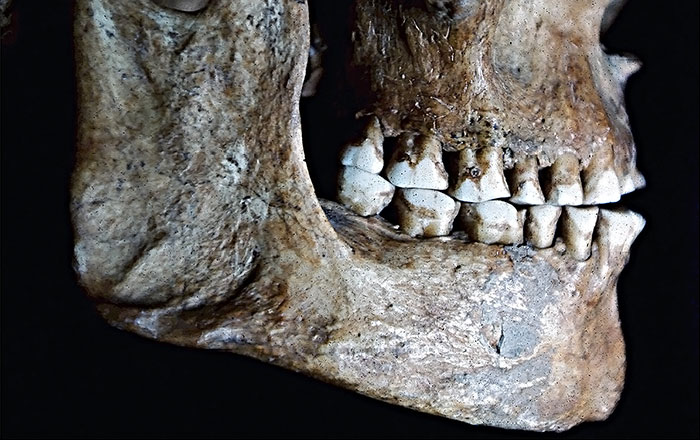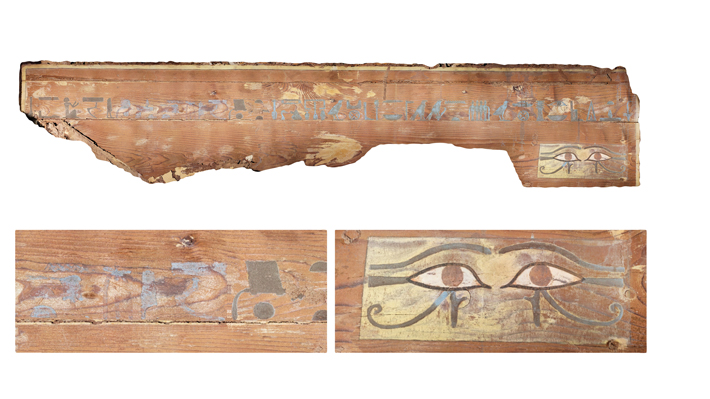
Near the end of the dig season at a necropolis on the western bank of the Nile in Aswan, Egypt, a team led by Antonio Mozas-Calvache of the University of Jaen discovered a tomb with an unopened coffin visible inside. The approximately two-by-eight-foot chamber was largely closed off and its entrance far too narrow for the archaeologists to squeeze through. These limitations forced Mozas-Calvache and his team to improvise. They mounted a remote-controlled camera at the end of a 12-foot-long pole, pushed it inside the chamber, and used it to photograph the contents.
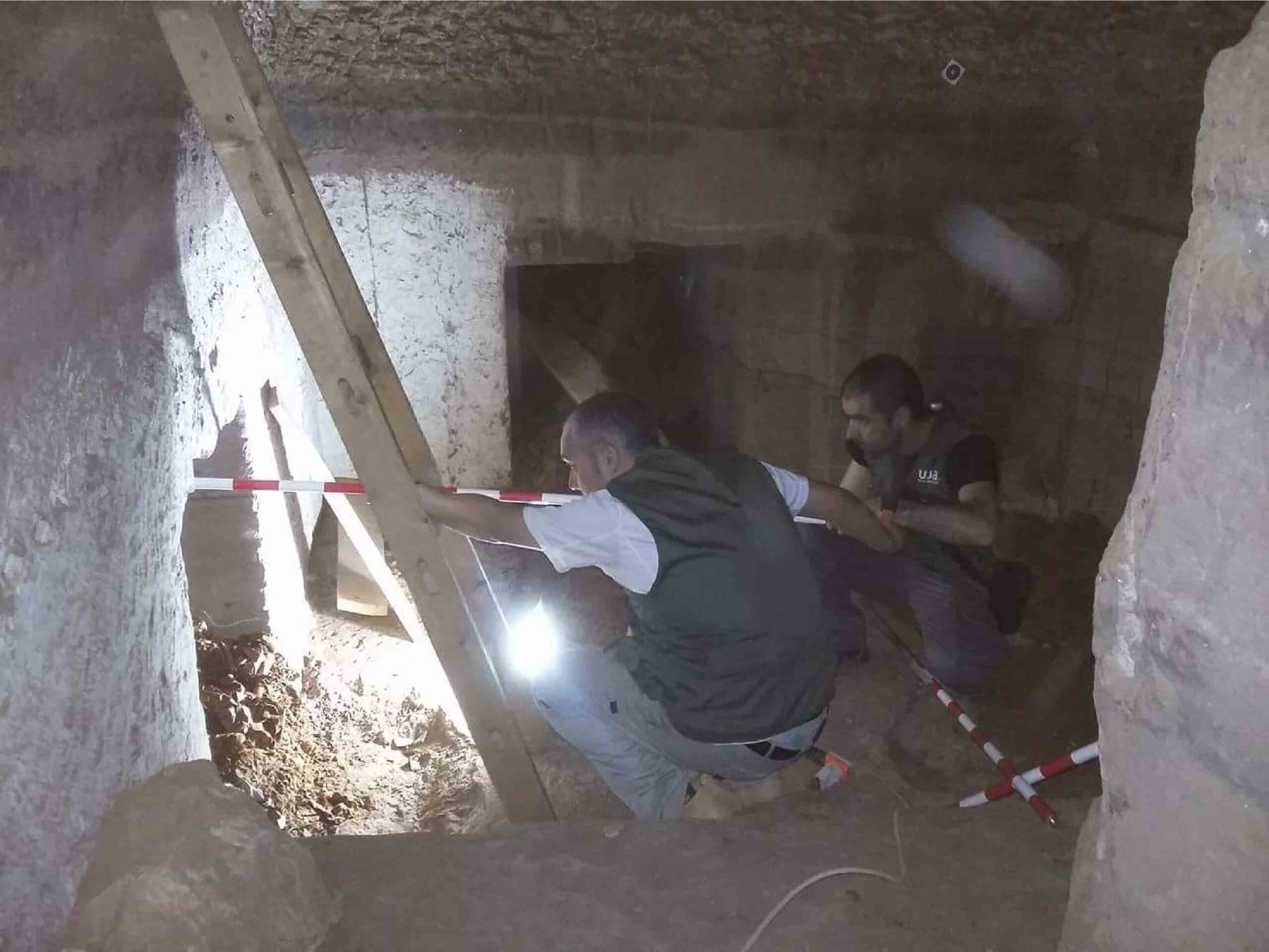
The team used the images to generate 3-D models of the tomb, including a detailed representation of the 3,800-year-old coffin. They were able to read hieroglyphs on the coffin, which revealed the mummy’s identity to be Shemai, a previously unknown brother of late 12th Dynasty (ca. 1981–1802 B.C.) governor Sarenput II. Given advances in technology, says Mozas-Calvache, “I think that our work would have been impossible to carry out 10 years ago.”
Click below to see a 3-D model of the coffin.


